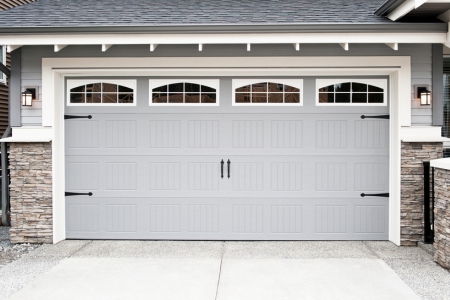(TNS)–I usually include Philadelphia architect Jim Wentling’s sage advice on housing matters in my “On the House” column. But he recently mused about garages — a topic that fits better here, I believe.
Wentling’s topic: local government rules on garage placement either through zoning restrictions or design guidelines, suggesting that builders keep them in mind to avoid approval delays.
The most common rule is that the garage needs to be set back behind the front wall of the house.
“Typically, this is a minimal dimension but in some cases we have seen it be as much as eight to 10 feet, with the objective being to mitigate the impact of parked cars in the driveway, as well,” he says.
“More often than not, a front porch may be allowed to serve as the most forward element. If not, protruding a room or two in the front of the plan will satisfy this rule,” Wentling says.
Garages cannot exceed a certain percentage of the facade, he says. In most cases, this is 50 percent; however, in some cases a lesser percentage is used, Wentling notes. “This, too, can be challenging for plans that need to be less than 42 feet wide,” he says.
In that case, “a slightly smaller garage, say 18 to 19 feet, may suffice or by adding a foot or two to the overall width of the plan,” Wentling says.
Sometimes, garages need to be side-loaded according to regulations, he says, adding that this is more common in larger-lot communities where garage doors facing the street are discouraged.
“Typically, a side yard of 25 to 30 feet is needed for backing up from the garage, although we are seeing far less than this in the field, with side yards in the 20-foot range parallel to the door,” he says.
A popular option is to add a third-car front-loaded garage adjacent to the two-car garage. Garages must have a certain amount of square footage for storage, he says, particularly in multifamily communities, so there is an area for trash and recycle bins to keep them out of the yard.
“This dedicated space needs to be outside the envelope required for cars, based on parking space sizes per the zoning ordinance,” he says.
©2016 The Philadelphia Inquirer
Distributed by Tribune Content Agency, LLC.











